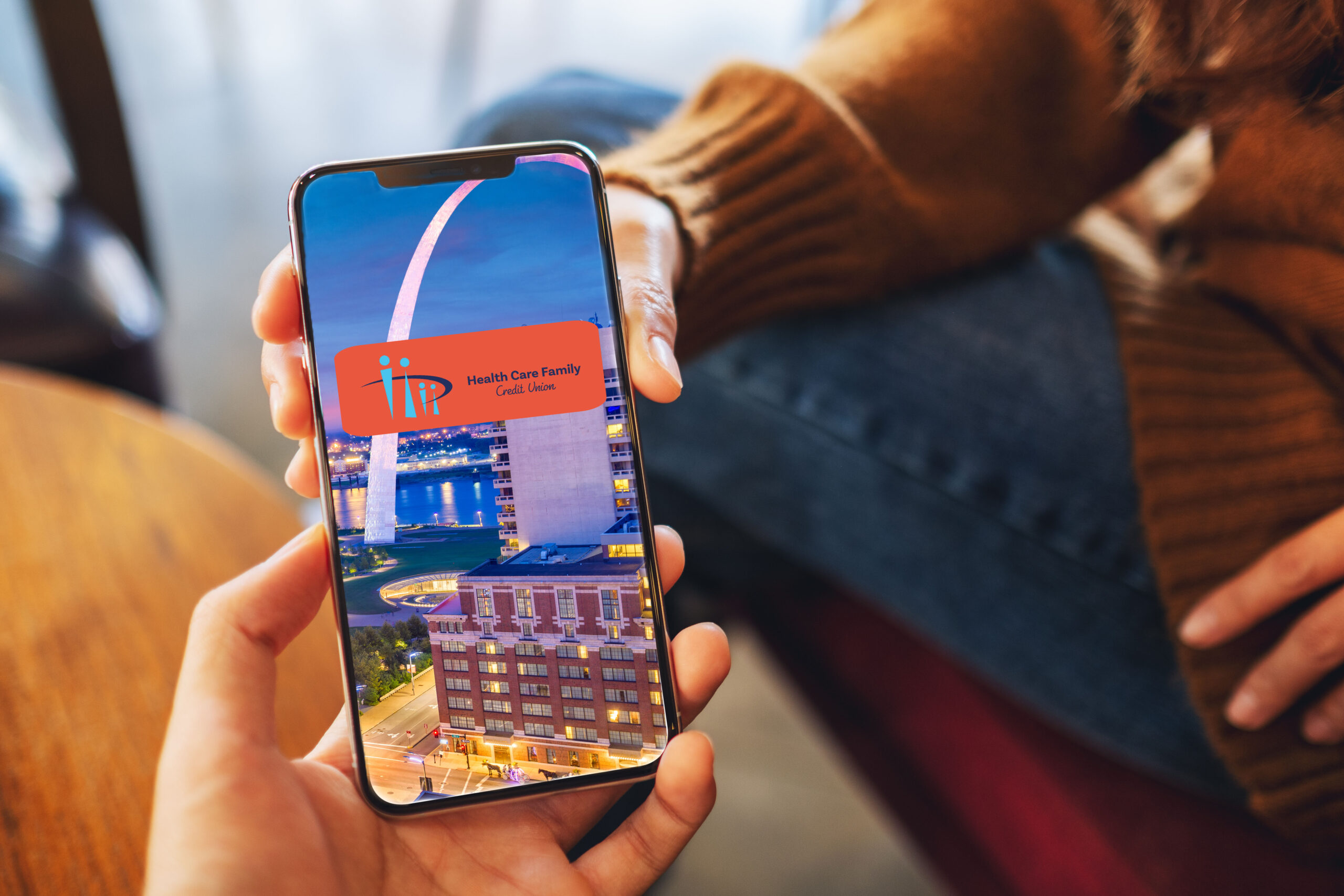Why You Probably Don’t Need an iPhone 12

Apple’s new line of iPhones features a sleek new look and innovative features to bring the smartphone’s functionality to a new level. The most prominent upgrade for the new line of iPhones — and the one Apple is pumping most — is 5G compatibility. Many consumers are jumping at the chance to upgrade their browser speed and assume 5G will be the default network of the future.
If you’re only buying an iPhone 12 for the 5G compatibility, here’s why you may want to hold off:
5G is currently not available in most areas
The long-term plan is for 5G towers to be built all across the country. This means faster downloads, fewer delays, and lightning-speed browsing is in our future. And we’re talking dizzyingly fast — Verizon claims its ultra-wideband network clocks peak downloads of 4 gigabits per second! That’s between 10 and 100 times faster than a typical 4G connection.
Right now, though, for private consumers looking for high-speed networks on their smartphones, the optics are sketchy. According to OpenSignal in June, T-Mobile users who’ve already had the option to use the high-speed bandwidth were only able to connect to a 5G network 22.5% of the time. In other words, four of every five calls made using the best provider of 5G can’t use it.
Plans will still have data caps
Many consumers mistakenly believe a higher-speed connection means more data. Unfortunately, this isn’t true. Even plans that offer unlimited data aren’t really unlimited. Instead, there are no overage charges and data will slow down once it hits a cap. A faster connection means you’ll likely blow through your data quicker.
General uses for 5G are unrelated to smartphones
Most of the highlights of 5G have nothing to do with your personal phone.
5G is less expensive for carriers to operate and maintain. Unfortunately, this bonus does not affect private consumers.
5G is also being touted for current and future uses, like driverless automobiles, AR (augmented reality) and VR (virtual reality), cloud computing, advanced IoT (Internet of Things), and health care. Most of these functions have little to do with the average smartphone user.
5G is not a perfect technology
5G towers need to be installed close to each other without large obstacles in the way. 5G also needs many more towers than 4G. All of these towers in close range can potentially interfere with weather satellites, which can then adversely affect weather forecasting, aviation, and naval operations. Also, as the Wall Street Journal reports, many people across the country aren’t happy about these armies of towers springing up around them.
Apple’s latest products may be the wave of the future, but do your research before blowing big bucks on a feature you may not be able to use for another few years.



